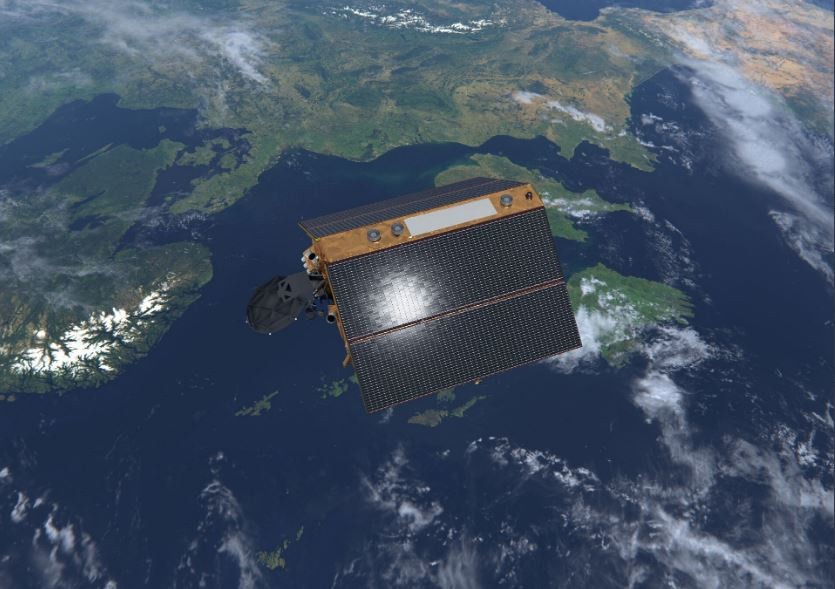The National Aeronautics and Space Administration (NASA) and SpaceX delayed their Sentinel-6 ocean-mapping satellite for nearly two weeks from the original launch date. Right now, the spaceship is set to take off on Nov. 21.

Update: We now are targeting Saturday, Nov. 21, for the launch of the U.S.-European Sentinel-6 Michael Freilich ocean-monitoring satellite on a Falcon 9 rocket from Vandenberg Air Force Base in California. 1/3 pic.twitter.com/73x8wlYjXh — Kathy Lueders (@KathyLueders) November 3, 2020
According to Space.com's latest report, the ocean-monitoring satellite will be launched 11 days after the two space companies' original timeline, which is Nov. 10. SpaceX also delayed its Falcon 9 rocket line because of issues that stopped a GPS satellite launch for the United States Air Force on Oct. 2. However, Crew-1, the first operational commercial crew mission of SpaceX, seems to be fine since it is still set to launch on Nov. 14. Crew-1 will also use a Falcon 9 rocket to transport astronauts to the International Space Station.
SpaceX will use the delay to finish Merlin engine testing
NASA's latest release explained that SpaceX uses the adjustment to complete the inspections on the Falcon 9 and finish Merlin engine Testing.

Follow live discussions: Sea-level rise and Sentinel-6: Ahead of the impending launch of the Copernicus Sentinel-6 Michael Freilich satellite, join us for a live discussion on the spaceborne technology that measures sea-level rise and how this… https://t.co/C1s6Nvf7QI pic.twitter.com/ln1u7IaOk3 — Michael Honey (@michaelhoney_) November 2, 2020
Also Read : NASA Appeals Against 5G Satellite's Mega Constellation Plan Amid 'Catastrophic Collision' Risk
"After completing engine testing and inspections, teams from NASA and SpaceX have determined that two engines on the Sentinel-6 rocket's first stage would need to be replaced to ensure optimal performance during launch," said the said agency.
NASA added that all engine hardware replacements would be finished next week, thanks to the progressing work to implement engine change.
Crew-1 previously faced a weird problem
Meanwhile, SpaceX previously said that Crew-1 faced a weird problem involving a red nail-polish material. According to Business Insider's recent report, the bright-red residue had blocked a valve that functions as a regulator, releasing the fuel and ignition fluid.
Hans Koenigsmann, SpaceX's vice president of flight reliability, said that the red substance was a masking lacquer. It is used to cover sensitive parts of the spaceship.
A third-party vendor also claimed that it applies a corrosion-resistant treatment to other parts of the rocket. The issues should not have happened since the lacquer was supposedly removed after the treatment is finished.
For more news updates about SpaceX and NASA. always keep your tabs open here at TechTimes.
Related Article: NASA Finally Contacts Voyager 2 from 11 Billion Miles Away Using Enhanced Deep Space Station 43
This article is owned by Tech Times.
Written by: Giuliano de Leon.
ⓒ 2026 TECHTIMES.com All rights reserved. Do not reproduce without permission.




